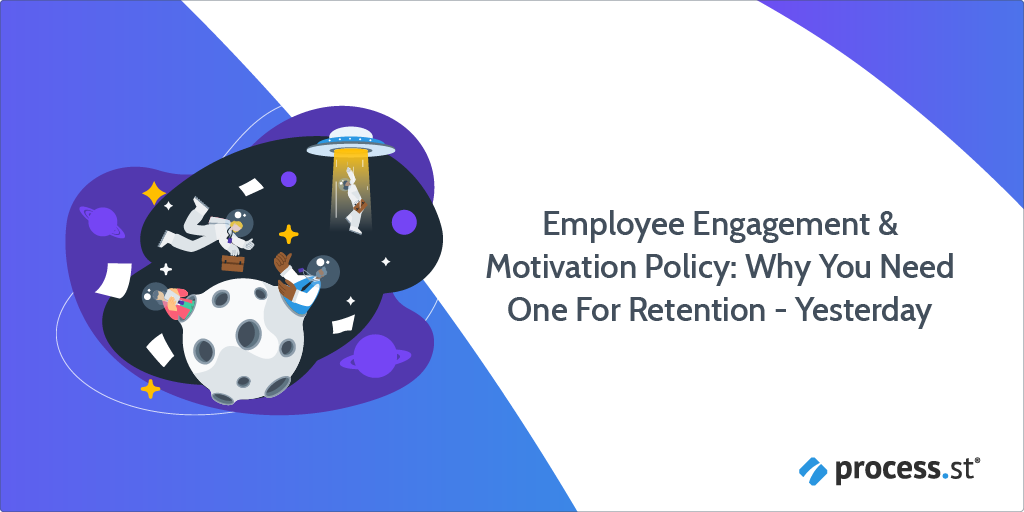 I’ll be honest: Before I was assigned to write this post, I had no idea what the term “reboarding” meant.
I’ll be honest: Before I was assigned to write this post, I had no idea what the term “reboarding” meant.
As it turns out, I actually did – I just didn’t have a word for it.
Reboarding is what you do when an employee comes back after an extended absence (12 weeks or more), changes role due to promotion or restructuring, or your company undergoes pretty much any major change where employees will need to adapt to new policies, procedures, and processes.
I know what you’re thinking. Reboarding. Onboarding. It’s all the same thing, right? How complicated can it be?
But reboarding is not the same as onboarding.
They’re both equally important and similar in a number of ways, but the structure, focus, and obstacles of each will be very different.
For example, everyone knows new employees need some sort of onboarding process. Not nearly as many realize that reboarding is:
- Something that needs to happen for even the most experienced employee;
- Something that needs to happen even if the employee is returning to the same role;
- Even a thing managers should do.
Seriously. You know what it’s like coming back from just a couple weeks of vacation. Loads to catch up on, overflowing messages, sometimes new people you’ve never seen before but everyone is already best friends with.
If things can change that much in 3 weeks, how much do you think they’ll change in 3 months?
Yeah. That’s what I thought.
So in this Process Street post, let’s look into exactly what you need to do to make this whole return-to-work thing easier. And don’t worry – I’ve broken it down to just 5 things, so for once you won’t have to slog through one 4,000 words just to get to the good stuff. My editor’s happy about that, too.
These are the things you need to know:
Let’s get you up to speed, yeah?
Continue Reading








 Workflows
Workflows Forms
Forms Data Sets
Data Sets Pages
Pages Process AI
Process AI Automations
Automations Analytics
Analytics Apps
Apps Integrations
Integrations
 Property management
Property management
 Human resources
Human resources
 Customer management
Customer management
 Information technology
Information technology







 I’ll be honest: Before I was assigned to write this post, I had no idea what the term “reboarding” meant.
I’ll be honest: Before I was assigned to write this post, I had no idea what the term “reboarding” meant.  Jenna Bunnell is the Senior Manager for Content Marketing at Dialpad, an AI-incorporated cloud-hosted unified communications and
Jenna Bunnell is the Senior Manager for Content Marketing at Dialpad, an AI-incorporated cloud-hosted unified communications and  For International Women’s Day, we’d like to share with you just one (there are many) of the amazing women who make Process Street the great place that it is!
For International Women’s Day, we’d like to share with you just one (there are many) of the amazing women who make Process Street the great place that it is!
